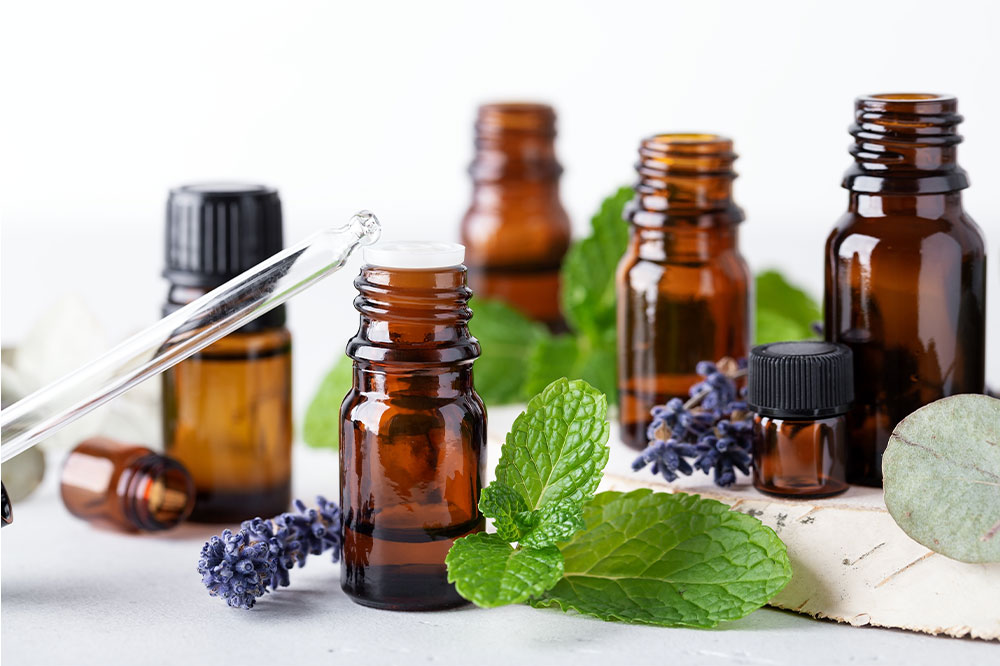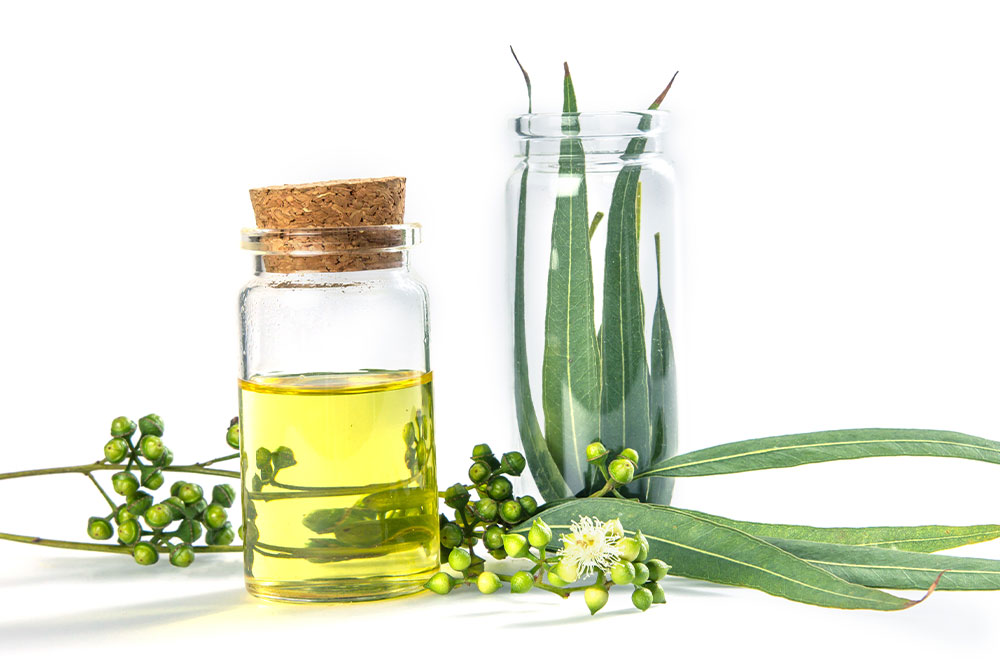6 things to do before buying a used car

Buying a used car is often considered a financially sound decision for those on a budget. A used car often costs far less than its brand-new variant. However, there are several risks involved with buying a preowned car. One might end up with a bad deal. So, whether a used car is bought from a dealer or a private seller, it is always important to do enough research to know about the various things to do before signing the deal.
1. Make a list of what is required from a used car
Before starting the process of looking for a car, it is important to take some time to think about what the requirements are for the car. For example, consider the number of passengers the car will normally have or the size of the car. Some people often want very specific features in their car, which can either make or break a deal. Make a list of all these features. Once this is done, it’s time to start researching the cars that fit these requirements. Check the prices that are being offered by various dealerships and private sellers. Also, make sure to compare the various available deals and offers. This will give a fairly good idea of what is available on the market and what one can expect from similar cars.
2. Fix a budget
Different sellers and dealerships might have varying prices for the same type of car. At the same time, some may be on the lower end, while others might cite a higher price. To ensure that one does not end up paying more , it is crucial to set up a budget. This way, one knows how much they are willing to spend. A budget also helps in avoiding overspending. This will prevent buyer’s remorse once the car is bought. Besides, having a budget means no persuasive salesperson can push a deal with a higher price point. Once the budget is set, the key to sticking to it is to give a price range to the seller. Never share the target price until the seller or dealer makes the first offer. Not revealing the target price also gives one more negotiating power.
3. Look at the ownership costs
Along with the purchase price, a used vehicle also involves long-term ownership costs. These are usually ongoing expenditures that significantly affect the overall budget for owning the car. Considering these ownership costs can help make an informed decision about whether one can afford the car for years to come.
- Insurance
Research insurance rates for the specific make and model of the used car. Some cars, such as luxury ones, usually have high insurance premiums. However, the cost generally differs based on the age of the car and its history. - Fuel economy
A car’s fuel efficiency will directly affect its monthly fuel expenses. More money will be saved over time if a car is more fuel-efficient. - Maintenance and repairs
Whether it is a brand-new car or a used car, maintenance, and repair costs will always come up in the future. A used car is more likely to have higher maintenance and repair expenses. Consider these costs as well before buying a pre-owned car.
4. Check up on the history of the car
A common mistake that many people make while buying a used car is not checking its history. This is a crucial thing to do that should not be missed before signing the deal. A vehicle history report can be easily found online. All one needs is the VIN of the car. This number can be found in several documents about the car, including insurance papers. Besides this, the VIN can also be found in several areas of the car, such as the dashboard on the driver’s side, under the hood of the car near the engine, and beneath the spare wheel in the car’s boot. Some cars even have the VIN under the car’s front grille, on the driver’s side door, or on the on the rear wheel. With this number, find the reports that give all the details, including DMV records, insurance claims, maintenance history, repair and replacement jobs done, and whether the car has been salvaged, rebuilt, or flooded.
5. Look for Certified Pre-Owned (CPO) cars
Certified Pre-Owned (CPO) cars are those that have gone through intensive inspection by authorized associations. These cars meet standardized criteria that are generally set by a dealer or manufacturer. Besides this, CPO cars usually have an extended warranty, which can provide necessary coverage for repairs and maintenance. However, CPO vehicles are often more expensive than non-certified ones. But when considering long-term costs, the higher price points of CPO cars are often worth it, especially for buyers who want a reliable vehicle.
6. Inspect the car and do a test drive
Never skip on the opportunity to inspect the car thoroughly and take it for a test drive. This applies to vehicles that have a clean vehicle history report. There might be visible wear and tear, damage, or signs of neglect that can be seen only when the car is physically inspected. One can also hire professionals to do the inspection. In addition to this, make sure to take a car for a spin before signing the deal. During the test drive, check the handling of the car and the braking system. Also, check for unusual noises and whether the driving and riding experience is comfortable.







